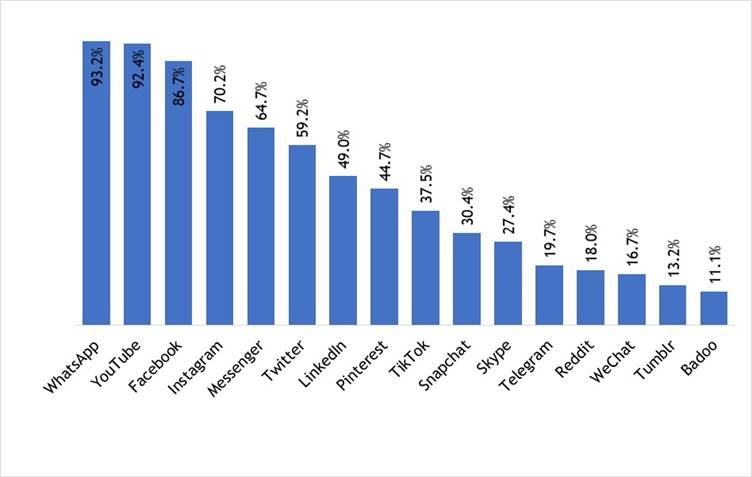By Teresa van den Berg, Media Strategist at The MediaShop
 For some years now I've been fortunate to work on the Louis Vuitton account. It's one of the most valuable and iconic brands in the world, with a brand value of about $47.2 billion USD in 2019. After a short interlude I'm back looking after the media interests of this client again. It naturally brought me to the question of the current luxury brand landscape and the impact of the pandemic on this sector.
For some years now I've been fortunate to work on the Louis Vuitton account. It's one of the most valuable and iconic brands in the world, with a brand value of about $47.2 billion USD in 2019. After a short interlude I'm back looking after the media interests of this client again. It naturally brought me to the question of the current luxury brand landscape and the impact of the pandemic on this sector.
The 19th edition of the Bain Luxury Study states that the luxury industry has been heavily impacted by the Covid-19 crisis in 2020. The overall luxury market shrank by 20% to 22% at current exchange rates, and is now estimated at approximately €1 trillion globally, back to its 2015 levels.
Despite the pandemic, the global Ultra-High-Net-Worth (UHNWI) population is set to grow by 22% over the next five years. Much of that growth is being driven by new generations of UHNWIs, born in the digital era. Bain & Company notes that Millennials and Generation Z accounted for 47% of luxury consumers in 2018 and for 33% of luxury purchases. Younger generations are set to drive 180% of the growth in the market from 2019 to 2025.
The turmoil of Covid-19 has been a catalyst for profound change in the way global luxury consumers live and shop. Various luxury players reported changes in buying behaviour as consumers' social routines adapted to lockdowns and physical distancing restrictions. High-end and low-end luxury items proved more resilient than those in the middle of the range.
It goes without saying that Online is set to become the leading channel for luxury purchases. But in order to remain relevant, brands need a new approach to attract luxury shoppers.
Augmented and virtual reality are digital tools utilised more and more. Other novel digital tools luxury brands are utilising is the ability for clients to try on goods digitally. Pinterest has released an AR tool for users in the US called Try On. The front-facing camera enables users to try on different shades of beauty products, while a swipe up feature takes them straight to the brand's website to purchase.
According to The Drum.com, one of the best ways to attract this market is through video, which sells a brand's lifestyle and heritage. Although YouTube has been the reigning platform for video, IGTV (an integrated platform within Instagram) is growing in popularity, as is the use of podcasts to reach UHNWIs. According to Saks' senior vice president and general manager of beauty, jewellery and home, podcasts enable them to “tell a longer and more intimate story” offering the department store the “ability to connect with guests on a very personal level.”
Influencer marketing is also still a crucial part of many ultra-luxury and mass market brand social strategies, but consumers are also experiencing influencer fatigue. In the luxury market, using influencers has always been fraught with concerns about authenticity and cheapening the brand. HNW and UHNW audiences only respond to brands that align with their values and social image. It seems that the traditional luxury influencer model isn't working anymore due to often inflated or fake influencer follower bases.
In its place, trend forecaster WGSN has coined the term Genuinfluencers in December 2020 referring to passionate individuals who are more interested in sharing advice than selling brands or products. They often identify as creators instead of influencers and would rather be noticed for their high-quality content than their follower count.
Predicted to be one of the biggest trends for 2021 and beyond, Genuinfluencers are typically topic experts in a certain niche, whose followers are genuinely interested in what they have to say, trusting their knowledge and seeing their advice as valuable and relevant to their interests. One would typically not see a Genuinfluencer promoting a wide variety of inconsistent products.
As an example, Gucci chose a retired fisherman, Gerald Stratford (pictured below), who loves gardening, especially 'big veg' to be the star of a collaborative video shoot with Highsnobiety for Gucci's Off The Grid 2021 collection. Gucci Off The Grid is the brand's more environmentally-focused collection, made mostly of ECONYL, a type of Nylon regenerated from abandoned fishing nets, old carpets and offcuts. The collaboration makes sense due to Stratford's passion for self-sufficient vegetable growing and love for nature.
On Facebook, the video got 1.2k likes, 53 comments and 89 shares, while the story about the so-called 'Veg King' working with Gucci was covered positively by a broad selection of publications including the Telegraph.
Working with Genuinfluencers allows brands to show their support of social issues through a trusted external voice, making their views seem authentic and reassuring their audience that their activism is not simply a marketing ploy to sell more services or products.
What is the luxury market outlook for the future? Bain forecasts growth that ranges from around 10% - 19% depending on a variety of factors such as macroeconomic conditions, the evolution of Covid-19 and the speed of return to travel globally.
They anticipate four growth engines to profoundly reshape the luxury market by 2025:
- Chinese consumers will become a dominating nationality for luxury, growing to represent over 45% of global purchases.
- Mainland China is to become the biggest luxury market.
- Online is set to become the leading channel for luxury purchases.
- Younger generations (Generations Y and Z) will be the biggest buyers of luxury, representing over two-thirds of global purchases.
Luxury players will need to not only consider economic motivations, but social motivations as well, transforming their operations and redefining their purpose to meet new customer demands and retain their relevance, especially for younger generations, who are set to drive 180% of the growth in the market from 2019 to 2025.
There will be no more talk of the luxury industry anymore, but of the market for “insurgent cultural and creative excellence.” Bain concludes that in this space, winning brands will be those that build on their existing excellence while reimagining the future with an insurgent mind-set.
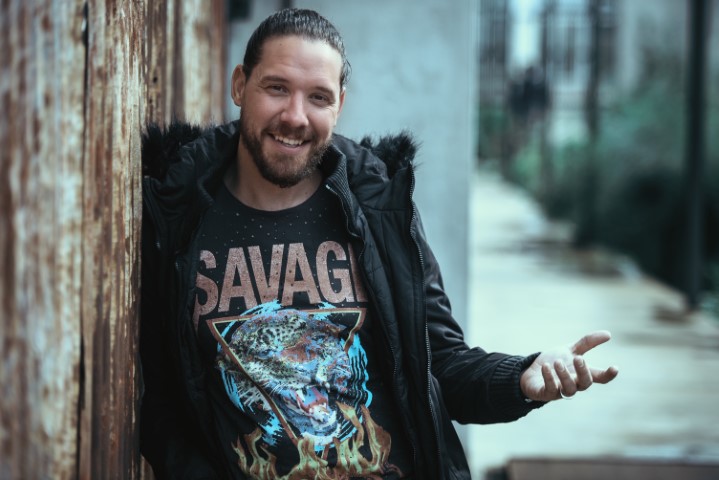

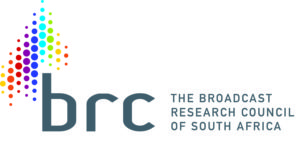


 “The Infinite Dial study, which debuted in 2019, explores the consumption of audio among South Africans living within the major metro commercial areas, covering the upper two of the three SEM Supergroups (or upper three of the five SEM Clusters),” says BRC’s CEO, Gary Whitaker.
“The Infinite Dial study, which debuted in 2019, explores the consumption of audio among South Africans living within the major metro commercial areas, covering the upper two of the three SEM Supergroups (or upper three of the five SEM Clusters),” says BRC’s CEO, Gary Whitaker. “We are pleased to support the return of The Infinite Dial study in South Africa,” said John Rosso, President of Market Development at Triton Digital. “The study will provide broadcasters, online audio publishers, podcasters, advertisers and the financial community with insightful data around South African consumption of streaming radio, online music and podcasts, as well as the usage of smart speakers and more.”
“We are pleased to support the return of The Infinite Dial study in South Africa,” said John Rosso, President of Market Development at Triton Digital. “The study will provide broadcasters, online audio publishers, podcasters, advertisers and the financial community with insightful data around South African consumption of streaming radio, online music and podcasts, as well as the usage of smart speakers and more.” For some years now I've been fortunate to work on the Louis Vuitton account. It's one of the most valuable and iconic brands in the world, with a brand value of about $47.2 billion USD in 2019. After a short interlude I'm back looking after the media interests of this client again. It naturally brought me to the question of the current luxury brand landscape and the impact of the pandemic on this sector.
For some years now I've been fortunate to work on the Louis Vuitton account. It's one of the most valuable and iconic brands in the world, with a brand value of about $47.2 billion USD in 2019. After a short interlude I'm back looking after the media interests of this client again. It naturally brought me to the question of the current luxury brand landscape and the impact of the pandemic on this sector.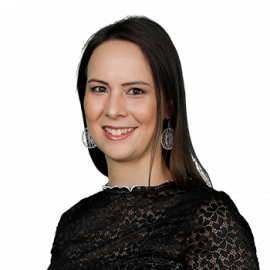 Let’s rewind to the beginning of last year. We were living in a world of increasing information and distractions. A world where we hadn’t even really heard of Covid-19. So much has changed since then, but when it comes to attention, the fight became a whole lot tougher as distraction took a giant leap forward.
Let’s rewind to the beginning of last year. We were living in a world of increasing information and distractions. A world where we hadn’t even really heard of Covid-19. So much has changed since then, but when it comes to attention, the fight became a whole lot tougher as distraction took a giant leap forward.

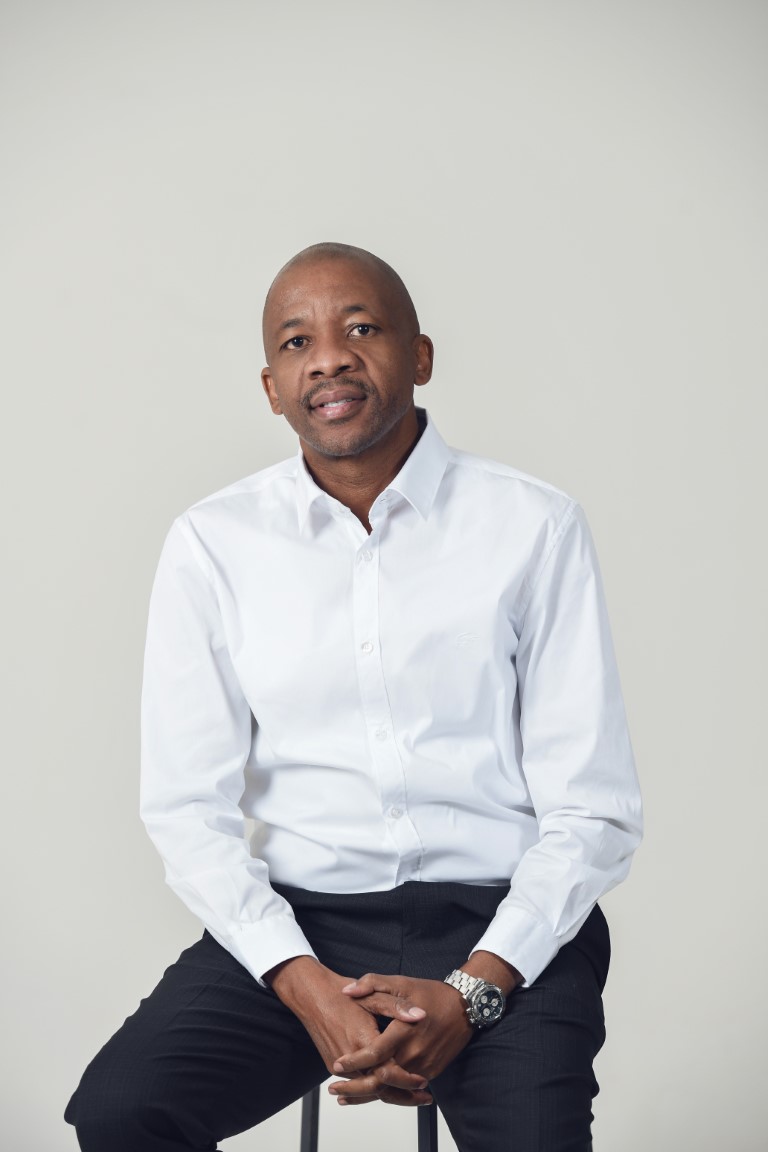
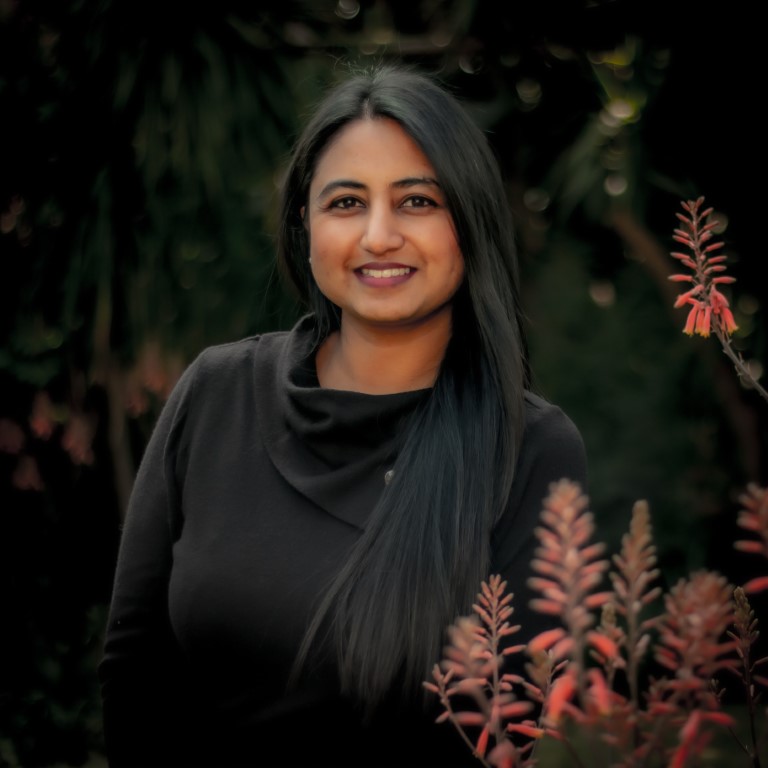
 We all know that 2020 was a disruptive year due to the Covid 19 pandemic. Varying Lockdown Levels resulted in a contracted SA economy, a significant drop in advertising spend and several sectors completely shut down, not unlike what we’re experiencing now during adjusted Level 4.
We all know that 2020 was a disruptive year due to the Covid 19 pandemic. Varying Lockdown Levels resulted in a contracted SA economy, a significant drop in advertising spend and several sectors completely shut down, not unlike what we’re experiencing now during adjusted Level 4. Sources AC Nielsen and IAB
Sources AC Nielsen and IAB


 Richard Lord, Media & Operations Director at media agency Meta Media, says that 2020 proved to be a tumultuous year for advertising. Overnight, budgets were cut, strategies were changed, priorities re-looked, but some platforms fared better than others.
Richard Lord, Media & Operations Director at media agency Meta Media, says that 2020 proved to be a tumultuous year for advertising. Overnight, budgets were cut, strategies were changed, priorities re-looked, but some platforms fared better than others.